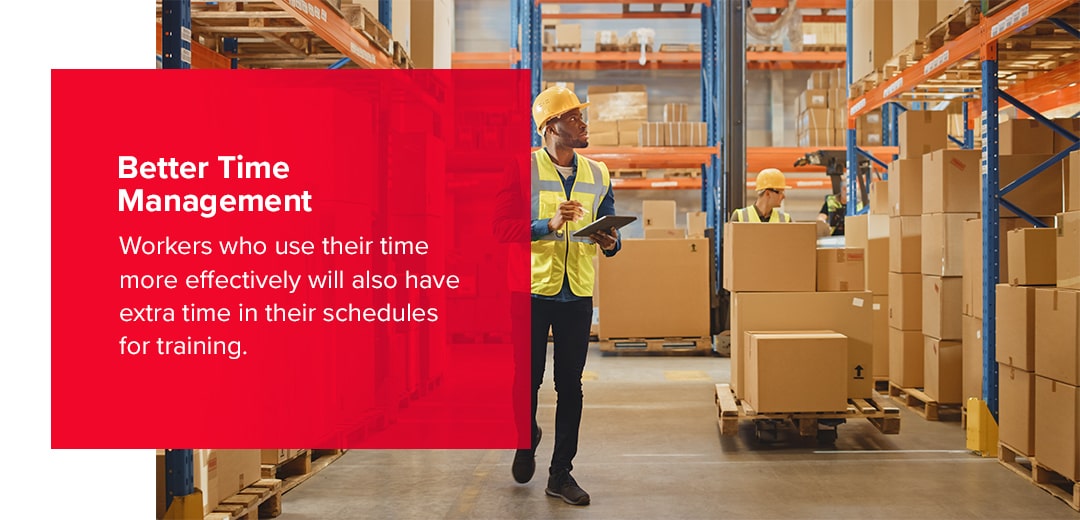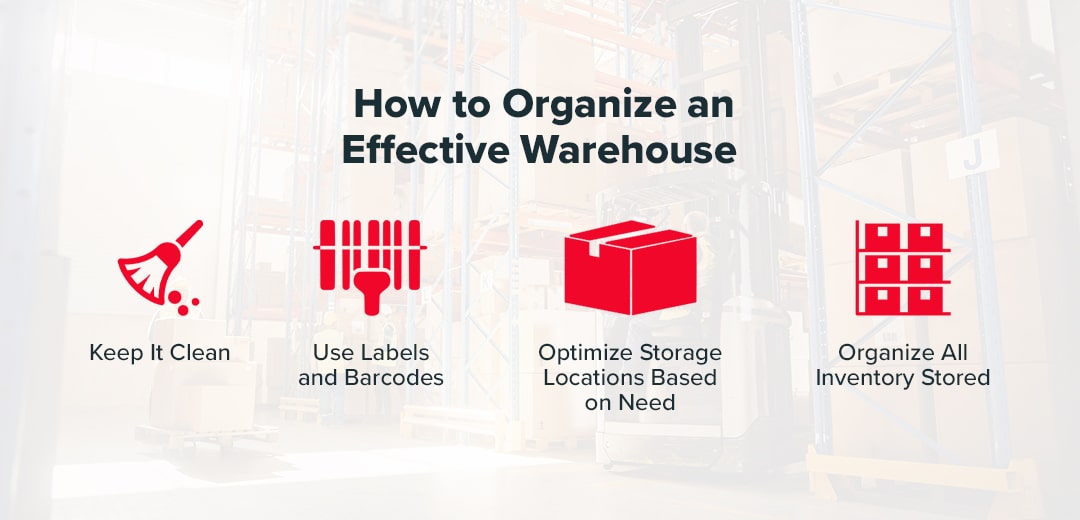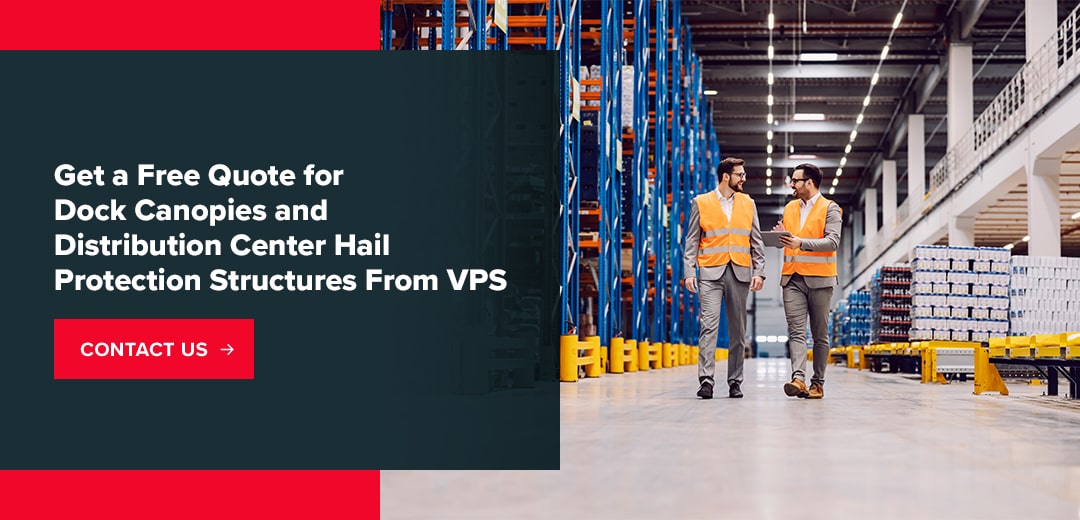Manager concerns about how to operate a warehouse effectively are common, especially with increased demand for distribution centers. Optimizing processes in a warehouse may increase the potential profit from a site without purchasing additional real estate or hiring more workers. Upgrading structures in and around the warehouse may also improve the facility’s efficiency by adding more storage and lowering the risk to people and products around the facility.
Read the full article or skip to a specific section:
- Importance of Warehouse Operation Efficiency
- How to Organize an Effective Warehouse
- 10 Tips for Effectively Managing Warehouse Distribution
- Benefits of Dock Canopies for Businesses
- Get a Free Quote for Dock Canopies and Distribution Center Hail Protection Structures From VPS
Importance of Warehouse Operation Efficiency
Efficient warehouse operations are a critical part of a healthy supply chain. The first steps are knowing how to run an efficient warehouse and creating a plan to do so. Identifying areas for improvement and creating a plan for the required changes let warehouse managers make the most of a facility’s potential. Once the plan is in effect, the facility can begin to see the rewards of smoother operations.
The perks of an effective warehouse include better time management, reduced waste, and improved customer satisfaction.



